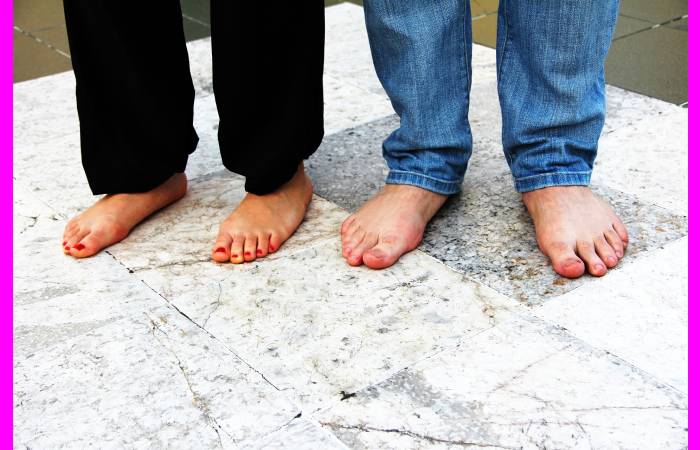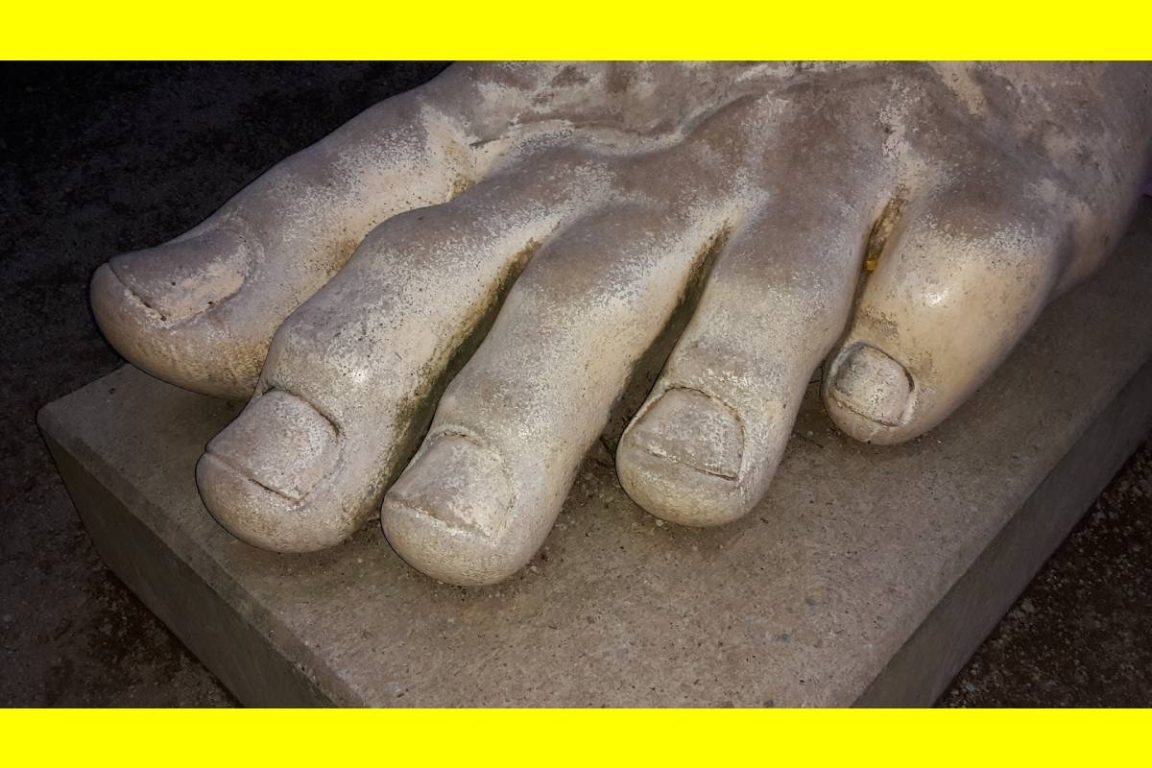About
Remedies For An Ingrown Toenail – An ingrown toenail is a condition caused due to pressure inside the nail. The pressure causes the nail to grow into the flesh in its place of expanding outwards. This may result from a shoe that is too small or narrow, keeping the toes cramped for an extended period, or a nail that is growing at an unusual angle. The most common sign of an ingrown toenail is pain. Besides, the afflicted toe often becomes irritated, red, swollen, and tender.
The intake of nutritious food. Problems with toenail health can state that our health is also a reduced amount of well. So, to save the nails that do not crack or break—take good care from within by taking vitamins E, B, and B5. One of the ingredients of foods rich in vitamins B and E is green beans, banana, bean sprouts, etc.
What Are the Reasons For An Ingrown Toenail?
There are several causes of ingrown nails, the first being improper nail cutting. People try to dig in the corners after they have trimmed. Otherwise, standard nails leave a little piece that they can see or feel, and then a week or two later, the site is inflamed, swollen, painful, and may be draining. Tight, narrow shoes, which create pressure along the nail borders, are another cause. Damage to the nail plate or matrix (root) from direct trauma is yet another.
Ingrown toenails are common in people with a genetic tendency to get them, and they can come back or spread to more than one toe at once. As a result, pain, infections, and other problems with your feet that need much care or surgery can lower your quality of life.
How to treat And Take Care For An Ingrown Toenail?

Remedies For An Ingrown Toenail has many medications and treatments. Yet, toenail health is not only enough to do from the outside. It would help if you also treated nutritional intake on what gets into the body. Enough needs the nutrients in need by nails.
The right way to cut an ingrown toenail is to start from the edges and not the middle, keeping your cutting direction straight with no sharp angle near the edges.
The cutting part cannot wholly exclude pain, but several ways can relieve your pain to a minor level. These ways also help you prevent infection and ingrown toenails in the future:
- Soak your feet with Epsom salt mixed with hot water (as hot as you can stand) for 15 to 30 minutes, about twice daily.
- Use small cotton balls to put between your ingrown nails and your flesh to stop them from coming back. It would help if you were careful with this particular action, because the last thing you want is further injured toes and more unbearable pain.
- Apply anti-infection substances: to keep your ingrown toenail from descending into a much worse state. For example, you can use cotton dipped in diluted hydrogen peroxide, apple cider vinegar, essential oils, or other herbal oils to rub around your toes.
- Keep your toes breathing by avoiding tight socks and shoes for a while.
The Great Remedy of Using herb olive oil For An Ingrown Toenail
Olive oil is perfect for nails. It is used to care for the face, hair, and body. It turns out that olive oil can also care for the fingernails or our feet because it helps strengthen nails. How to use it is very easy. You slather extra virgin olive oil on your nails while rubbing and let them stand for 15 minutes before You wash them with warm water. This treatment should be done two days in all.
Conclusion
The critical thing to take care of is ingrown toenail management. You are generally safe from fungus and infection when you have an ingrown toenail and practice ingrown toenail management. Good foot care and hygiene are critical. Here’s how you can go about ingrown toenail management:

